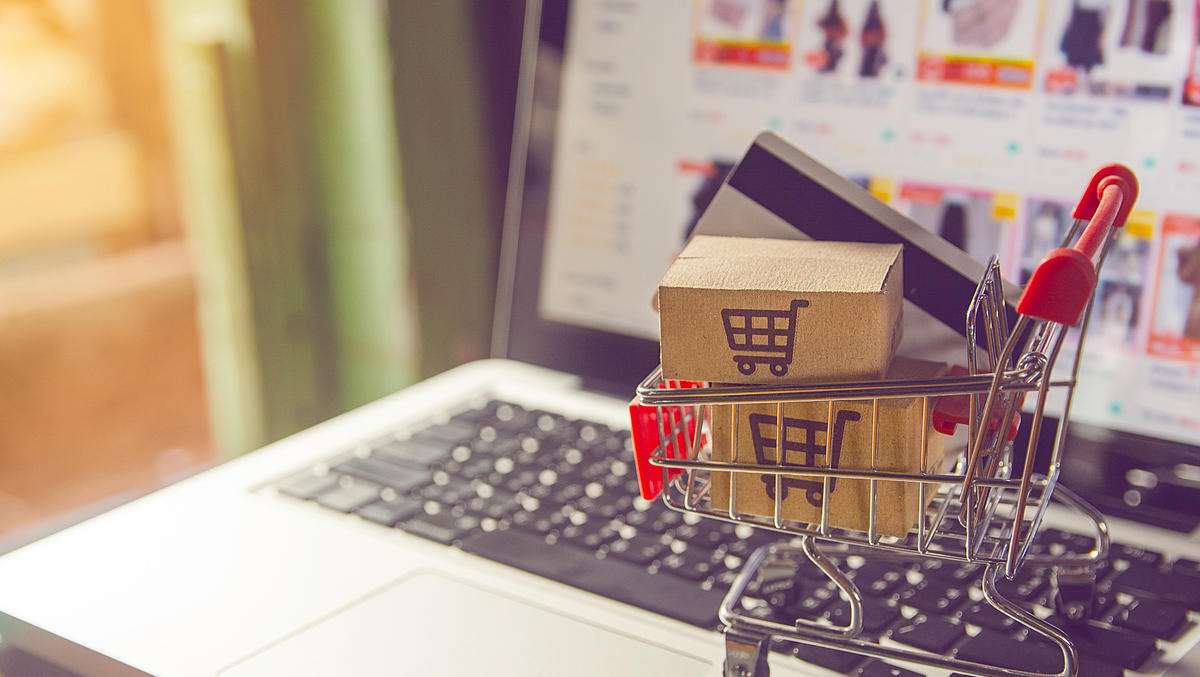You may already be conscious of the need to provide a friction-free customer experience to your consumers. You know this is crucial. You may have seen research from folks like Salesforce that shows, 84% of customers rating their shopping experience just as important as the quality of the products on the eCommerce store![]()
And you know whom to thank (or blame) for the importance of Customer Experience. You have likely read books like “The Convenience Revolution,” by Shep Hyken that talk about how the bar for Customer Experience (CX) has been raised in a market that has been disrupted by companies like Amazon and Uber.
But how does a frictionless shopping experience benefit online brands?
For some time now, millennials have demanded technologies that simplify their shopping experience. This trend extends to Generation Z, the next generation of retail customers. They want to transact fast and to reach their buying moment easily and intuitively.
What stops eCommerce brands from delivering a frictionless shopping experience?
Let us look at a few of the common bumps and wrinkles.
Consumers no longer seem to be tied to the brand channel, be it the online or brick-and-mortar store. Apart from brand stores, brand websites, and brand apps, consumers are also turning to third-party apps like Amazon, online properties of brand partners, marketplaces linked to digital wallets, and other innovative channels. As choices grow, consumer journeys are traversing channels to find the right product or service and close the purchase.
No matter which channel (or combination), here are 4 major challenges that can hamper your consumer’s shopping experience:
1. Understanding customer wants
A Google and Ipsos study found that 64% of shoppers have purchased home electronics both in-store and online. Further, nearly 75% of in-store purchasers have searched online for their products/services before going to a store.
Brands cannot afford to lead each customer forward in the buying journey using the same strategy everywhere. They must leverage the strengths of each channel while underpinning the strategy to a strong core and consistent messaging. For instance, consumers now have easy access to services including 3-D product viewing, instant inventory checks, and price comparisons. Successful retailers need to understand what customers want and provide a consistent CX across all channels. For example, fashion retailer, Sephora is transforming CX by offering augmented reality that allows its shoppers to try out its various fashion products on their smartphones like they would have done in-store. Other brands are making it easy for consumers to research online and complete the purchase in-store as an extension of the same journey.
The 2021 Holiday Season is a Trillion $ Opportunity – How can you cash in?
2. Creating a consistent shopping experience
Gillian Stein of Henry’s says, “one of our biggest challenges has been to create an online experience that is equivalent to what we have in our stores.”
Despite the healthy growth of eCommerce, 85% of retail purchases will continue to happen in physical stores. That’s why retail brands must continue to drive synergies between their online and offline channels. BOPIS, the Click-and-Collect facility, is now popular among shoppers. Creating a seamless experience for these shoppers represents a unique cross-sell opportunity for retail brands as many of these shoppers are willing to expand their shopping cart when they come to the store for their pickup. The onus on the retail brand is to know enough about the customer to be able to craft an irresistible customized offer to go with the purchase that has already been completed.
Today’s millennial generation is more comfortable with their smartphones tracking their physical location, thus suggesting a shift towards integration of their online and in-person shopping experience.
For example, Facebook’s Store Visits program allows retail advertisers to target potentially in-store customers with online advertisements showing the closest store locators.
3. Adapting to changing customer behavior
With increasing touchpoints, consumers are using more channels on their way to a successful purchase. To maintain their competitive advantage, retailers must adapt to changing consumer behaviors by collecting vital data during their entire journey.
Talking about customers, Thierry Hay-Sabourin of Best Buy eCommerce says, “We don’t see any customer as in-store or online customer. They are just the customer.”
Long before making the purchase, physical store retailers need to capture customer interest from the start of their journey. This is because today’s brick-and-mortar retail consumers have decided where to shop even before they leave their homes. That is especially true for categories like grocery.
At the same time, successful online retailers can adapt to changing customer purchase behaviors using customer analytics tools that predict demand forecasts and improve operational efficiency. For example, Starbucks is known for elevating its in-store customer experience by leveraging technology and innovation and customer analytics forms the foundation of what they do.
4. Unifying customer engagement channels
According to Gartner, 50% of the retail brands will fail to unify customer engagement channels by the end of 2022. Gartner’s principal analyst, Matt Moorut talks about the need for a frictionless omnichannel experience that will allow organizations “to not only provide customers with more purchasing options but the ability to switch engagement channels in the event of any disruption.”
A unified omnichannel experience is fundamental to a seamless CX where each channel is communicating with other channels. Be it through social networking platforms or customer call centers, brands must send out a consistent message to channel-switching consumers.
U.K-based retail brand, Oasis is among the success stories in providing a unified shopping experience – through multiple customer touchpoints, order fulfillment options, and easy product returns.
Conclusion
With the availability and accessibility of multiple channels, retail consumers are now looking for a seamless and consistent shopping experience from brands. Be it through online or in-store purchases, retailers must look to create a unified CX to garner customer loyalty in today’s changing retail market. Ignitiv enables retailers to move from eCommerce to unified commerce. Transform your online business by creating an exceptional shopping experience? Get in touch with us today.








